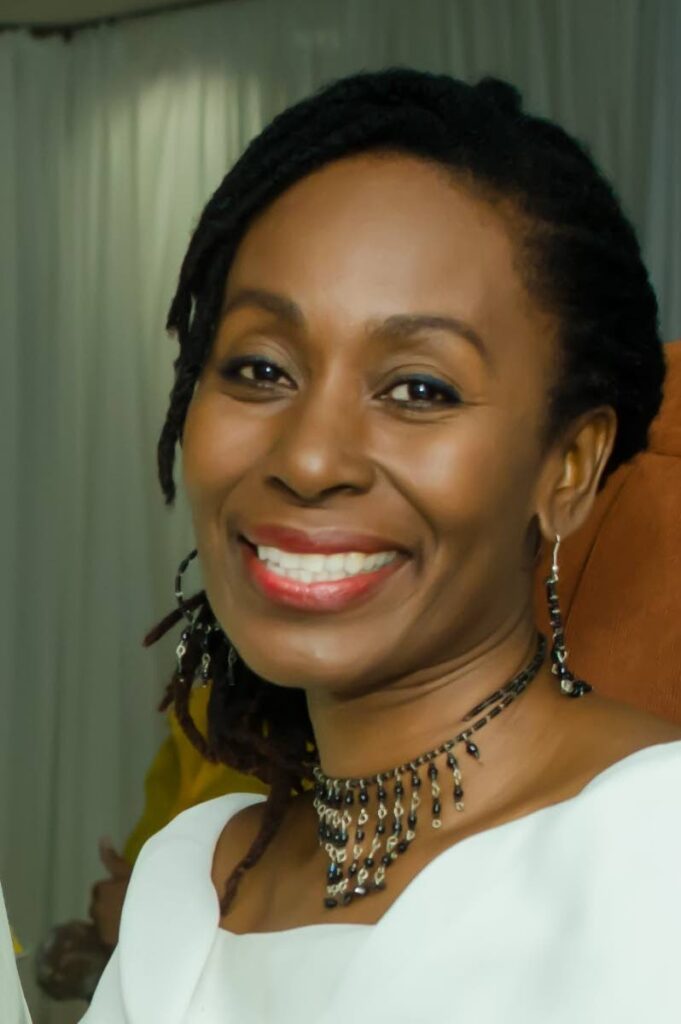Children are future of Carnival

Culture Matters
Carnival Stories
Dara E Healy
“Between the ages of four and seven I was allowed to go with the band into Port of Spain…The engine room was the heart of the steelband, where the drummer, congas, scratcher, etcetera were stationed. I was safe there in the band and I remained in the cradle of the huge, tender arms of the mighty Desperadoes, fed by older siblings of blood and band.”
– Patrick Roberts, Iron Love
CHILDREN WERE there from the beginning. They joined the rebellion against the colonial administration to help save the Carnival of the ordinary people from being abolished. History documents that as the battle between the stickfighters, jamettes and British soldiers raged, children were at the back, pelting stones, bottles and anything else they could find.
Today, when a former child star presents himself to the serious Calypso Fiesta crowd, a full circle will have been achieved. Calypso, an art form of resistance, has called the ultimate performer of soca into its folds. The child must now learn how to be a warrior, an important lesson for more meaningful inclusion of children in our Carnival.
My childhood fascination with pan and Despers is still a mystery to me, as I never played pan and I did not know really anyone who did. But I was an artist, a dancer, lover of music and virtually all forms of creative expression. This appreciation for the arts was given to me by my mother and her elite creative community. So, for me, pushing pan was a normal aspect of my creative inheritance.
This generational approach to the arts is common in creative families. So children who grow up around jab jab, soumaree, mas-making or singing calypso inevitably become creative themselves.
Additionally, Jeff Henry, notable Carnival historian, writes of the tradition of apprenticeship in Carnival. Young men in his area “learned not only the techniques of costume construction, bending wire (or) sewing…but were also taught where to go in the forest…to locate the right seeds or substances to mix paints…A spirit of loyalty and collaborative effort was nurtured with an older generation.”
This deliberate sharing of Carnival skills and information with children is also essential when the masquerade goes on the road. Several years ago, there were objections to the rules that dictated how many children were allowed to take part in Carnival bands, particularly from leaders of traditional masquerade.
Ronald Alfred of the Original Whipmaster Jab Band was one of the leaders who pointed out that restrictive quotas affected traditional bands, because they create mas with their children and entire family. After the protests, the rules were changed, but I believe a deeper assessment of children and the survival of family Carnival bands is needed.
“Oh how they glorified Europe’s past in the books they gave me/But they showed my people as barbarous, no culture, no history/All Africans were savage, we had no heritage/Until they came and preach Christianity/I beg you/Teach the children/The truth they must learn.”
Mighty Duke’s Teach the Children centred on the miseducation suffered by children of African heritage in TT . However, his words could well be reflective of the importance of reframing the way we currently educate children about our culture.
Jill de Bourg, president of the TT Red Cross, points out that children’s mas allows young masqueraders to be “curious about our culture.” Curiosity is a key aspect of allowing Carnival to become more responsive to the needs of the community.
From mas to calypso, pan, chutney soca or the performance of Kambule (Canboulay) on Carnival Friday, children and young people are already showing that they can be defenders of our culture. Artists like Mical Teja, A’janae King Fraser, Zachary Ransome and Joshua Regrello are having an impact on our space in thoughtful, critical ways.
But there is more work to be done. We need to move beyond playing one song for Panorama to teaching young pannists about the history of the struggle behind the instrument and the sacrifices of its pioneers. And children from vulnerable communities must be provided with the resources to learn Carnival skills and access cultural programmes. These are crucial for a sense of self and nationhood.
As our former child star is learning, children can also be warriors for their culture. They were there from the beginning and continue to show us the way. In case you did not realise, "The road make for children to walk on Carnival day."
Dara E Healy is a performance artist and founder of the Indigenous Creative Arts Network – ICAN


Comments
"Children are future of Carnival"